Bedsheets weren’t meant to last forever. Over time, they get a little too worn, too stained, or too faded. Sometimes, it is just for a change as you create a new look in your bedroom. So when is a good time to throw and replace bedsheets?
Yes, when to replace an old bedsheet is subjective to various factors. If you take good care of it, the sheets can easily last 3-5 years and maybe even longer. Just how do we make bedsheets last longer? What do we do with the old sheets? Read on for more!
TABLE OF CONTENTS
 Common Damages Common Damages |
 Disposal Alternatives Disposal Alternatives |
 The End The End |
COMMON DAMAGES & WAYS TO FIX

When is a good time to dispose of a bedsheet? Below are some of the “common wear and tear symptoms”, and possible ways to fix it before you decide to dispose of the bedsheet entirely.
TORN FABRIC
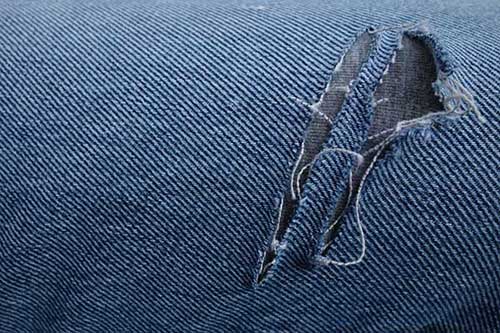
Wear and tear are inevitable over time, small holes and rips will eventually appear along with long-term usage. Unfortunately, the only way to fix the torn fabric is to sew and patch it… No worries for those who are bad with needlework, there is something called an “iron-on fabric repair patch” these days.
Yes, just place the repair patch over the hole and iron it on. They are completely washable too, just don’t apply too much heat while washing and drying. Although this will not restore the bedsheet to its former glory, but at least it will extend the lifespan a little bit more.
STAINS
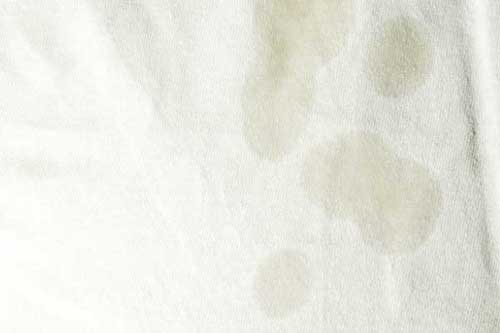
Oil stains, dirt stains, bloodstains. Like it or not, humans (and pets) will leave stains on the bedsheet over time. Some stains can be easily removed with regular washing, and a few need specific “stain removers” – If you don’t like chemicals, try using distilled white vinegar, lemon, or salt.
But yep, more stubborn stains will stay stuck on the bedsheet over time. You have to decide for yourself when it is a good time to retire a badly stained sheet, when it is easier to just buy a new one.
FABRIC YELLOWING
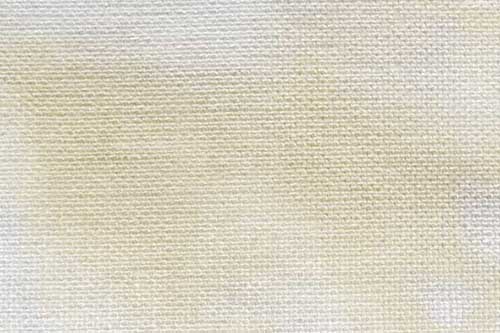
So you have previously washed a bed sheet and kept it in storage. Then, it suddenly turns yellow for some reason. Some people will immediately turn to “just bleach it” or “use whiteners”. But no. Fabric turning yellow is exactly caused by improper washing – Residue detergent that is not washed off turned yellow, or excessive bleach damaged the fabric dye.
Unfortunately, the only smart way to fix this is to send the bedsheet to a professional cleaner… Probably not worth the money, unless that is an expensive bedsheet that you still wish to keep.
MILDEW OR MOLD
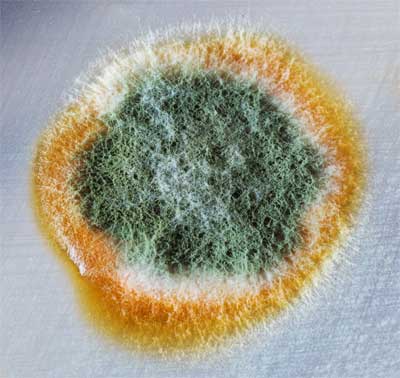
Mold can be easily identified as “black-green spots that stink”, and it thrives best in warm damp environments. While mold can be removed with vinegar, lemon, and a healthy dose of sunlight – There may be a bigger concern. Your bedroom is not getting enough sunlight and ventilation.
STRETCHED BEDSHEET
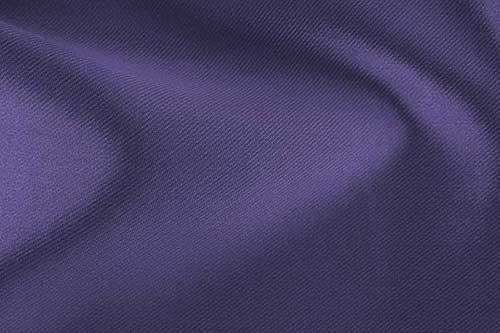
The horror that happens to the stretchy fabrics. Over time, they go beyond the stress point and never revert to the original shape. There’s really nothing much we can do, except to not stress the material any further – Try to fit the bedsheet over the mattress flat as possible, but not forcefully pull and stretch. Do not apply extreme heat and cold to further warp the fabric.
ALTERNATIVES TO DISPOSAL
 If the bedsheet is simply too old and too worn, don’t just throw it away yet. Many are not aware of the problem, but we produce 13 million tons of textile waste every year – The Pretty Planeteer. So please consider these few alternatives before disposing of them.
If the bedsheet is simply too old and too worn, don’t just throw it away yet. Many are not aware of the problem, but we produce 13 million tons of textile waste every year – The Pretty Planeteer. So please consider these few alternatives before disposing of them.
RECYCLE – MOST FABRICS ARE RECYCLABLE!
First of all, most textiles and fabrics are actually recyclable:
- Cotton
- Wool
- Burlap
- Leather
- Silk
- Bamboo
Just do a quick online search on “textile recycling” or “bedsheet recycling” – Plenty of recycling options should turn out for your region. If you have a bulk of old bedsheets and clothes for disposal, some recycling companies will even offer to collect them for free. Definitely a better alternative than the dumpster.
DONATE FOR A GOOD CAUSE
If you can’t find a way to recycle the bedsheet, you can pass them on to someone in greater need. There are many goodwill stores and charities that will take bedsheets as long as they are in reasonable condition. They can’t be badly stained or full of holes. If suitable, the charity may dry-clean them and pass them on to another family.
Alternatively, you may consider giving them away to a pet shelter. Pet shelters need lots of sheets and blankets to provide a warm, safe environment for their animals. They aren’t going to care what color or pattern is on the sheets, and if there are a few holes.
UPCYCLE THE OLD BEDSHEETS
If recycling does not work, there are plenty of other ways to make the old bedsheets work.
- If the bedsheets are still in acceptable condition, you can consider turning them into curtains.
- Reuse the bedsheet for storage or for shipping items.
- Rip the old sheets up and turn them into cleaning rags.
These are just the tip of the ice burg… Do a search for “upcycle old bedsheet” and there are tons of ideas.
IF ALL ELSE FAILS…
If you find that you have no way to recycle your sheets or reuse them, the only option is to dispose of them. Don’t feel disheartened if you have exhausted all other options. Some materials come to the end of their life and you need to get rid of them.
Make sure to do so in a responsible fashion. It is a shame to send them to a landfill site but it is the only option. Put them in with your non-biodegradable waste and let the authorities take it from there.
THE END

Thank you for reading, and we have come to the end of this short guide. I hope it has helped to answer your doubts. Good luck and have better nights of sleep!
LINKS & REFERENCES
- How Often Should You Replace Your Sheets Set? – House Beautiful
- 10 Ways to Reuse and Repurpose Bed Sheets – Earth 911
- How to dispose of your old bedsheets with an eco-attitude – Ettitude
